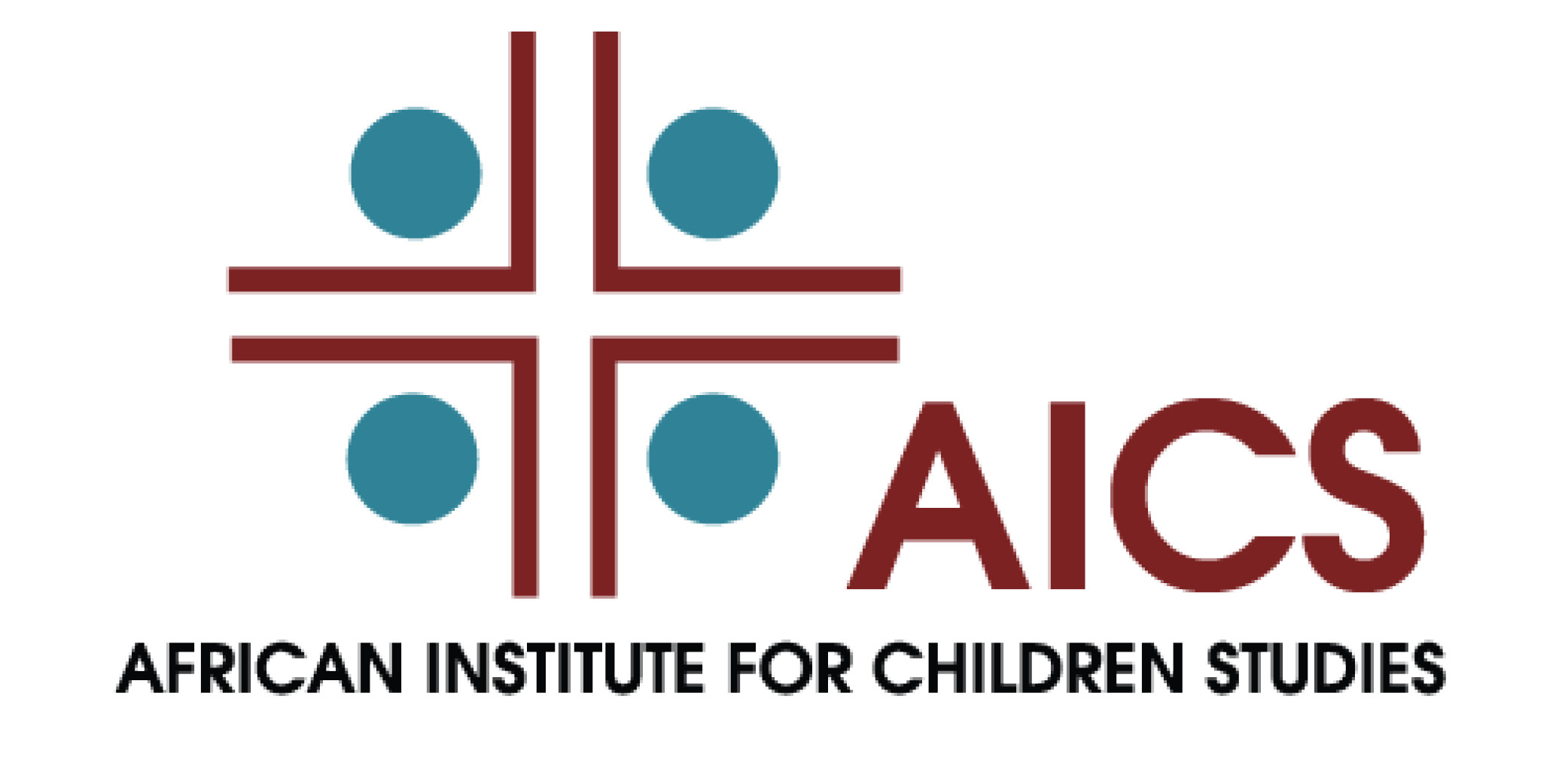
African Institute for Children Studies
Oct. 18, 2023
INTRODUCTION
Child protection is a fundamental concern that transcends cultural and geographical boundaries. In today's rapidly changing world, children face various threats to their safety and well-being, from online dangers to physical and psychological abuse. This article delves into the critical issue of child protection, aiming to highlight the challenges and potential solutions in an era marked by technological advancements and evolving family structures.
The 21st century has ushered in an era of unprecedented technological progress and transformation. With the proliferation of the internet, social media, and digital communication, children are exposed to new and complex risks. In addition to traditional forms of abuse and neglect, they are now susceptible to online exploitation, cyberbullying, and the potentially damaging effects of excessive screen time.
Child protection encompasses a wide array of concerns, but its fundamental premise remains the same: to ensure that all children can grow up in a safe and nurturing environment, free from harm and fear. To address this issue comprehensively, we must explore the various facets of child protection, from understanding the nature and prevalence of child abuse to assessing the effectiveness of existing protective measures.
PROBLEM STATEMENT
Children, as the most vulnerable members of society, are at risk of abuse, exploitation, and neglect. This problem persists globally, affecting millions of children from all walks of life. The failure to protect children can lead to severe physical and psychological consequences, undermining their ability to thrive and contribute positively to society. However, the nature and scope of child protection have evolved significantly in the 21st century, presenting both new challenges and opportunities.
Child abuse takes many forms, including physical, emotional, and sexual abuse, as well as neglect. According to UNICEF, millions of children worldwide are subjected to such maltreatment, which can have devastating long-term effects on their physical and mental health. Furthermore, the rise of digital technology and social media has exposed children to online threats, including cyberbullying, sexting, and sexual exploitation.
The problem of child protection is exacerbated by factors such as poverty, inequality, and social marginalization. Vulnerable populations, including refugees, migrants, and children living in conflict zones, are particularly at risk. The lack of access to quality healthcare and education, as well as economic disparities, further contribute to the vulnerability of children.
Addressing these issues requires a multi-pronged approach that includes legal reforms, social support systems, educational programs, and proactive community involvement. By acknowledging the complexity of the problem and the evolving nature of child protection challenges, we can work towards more effective solutions to safeguard our children's well-being.
METHODOLOGY
This article relies on a comprehensive review of academic literature, case studies, and expert interviews. It also takes into account the evolving landscape of digital threats and the role of social media in child protection. It examines international conventions and policies related to child protection, offering a multi-dimensional view of the issue.
sensitizing the community on importance of child protection
The methodology employed in addressing child protection issues is multi-faceted, reflecting the complexity and evolving nature of the problem. To provide a comprehensive view, we draw from various sources of information and expertise:
1. Academic Literature: A thorough review of academic research papers and studies provides insights into the prevalence and long-term effects of child abuse, as well as the effectiveness of different intervention and prevention strategies. This literature includes studies from psychology, social work, public health, and criminology, among others.
2. Case Studies: Examining real-world cases of child protection successes and failures helps illustrate the practical implications of various approaches. These case studies offer valuable lessons and best practices for policymakers and practitioners.
3. Expert Interviews: Conversations with child protection experts, including child psychologists, social workers, law enforcement professionals, and representatives from non-governmental organizations, provide on-the-ground perspectives and insights into the challenges and opportunities in child protection efforts.
4. Review of International Conventions and Policies: An exploration of international agreements such as the United Nations Convention on the Rights of the Child and various national policies and legislation related to child protection provides a framework for understanding the legal and ethical aspects of this issue.
By adopting this multi-dimensional methodology, we aim to present a well-rounded view of child protection, recognizing the evolving nature of the challenges that children face in a rapidly changing world.
RESULTS
The article discusses the various forms of child abuse and neglect, their prevalence, and their long-term effects on children. It delves into emerging concerns such as cyberbullying and online exploitation, providing insights into the effectiveness of existing child protection measures and identifying gaps in the system.
Child abuse and neglect encompass a range of harmful behaviors. Physical abuse involves the use of force, resulting in bodily harm, while emotional abuse inflicts psychological distress through acts such as constant criticism or humiliation. Sexual abuse involves non-consensual sexual acts, which can lead to severe psychological trauma. Neglect, a form of abuse, occurs when a caregiver fails to provide basic necessities such as food, shelter, or medical care.
The prevalence of child abuse varies across regions and is influenced by numerous factors, including socio-economic status, cultural norms, and access to support services. Research consistently highlights the long-term consequences of child abuse, which can include mental health disorders, substance abuse, and an increased risk of experiencing violence or perpetrating it as adults.
In the digital age, online threats pose additional challenges to child protection. Cyberbullying involves using electronic communication to harass, threaten, or intimidate a child, often via social media or messaging apps. The proliferation of explicit content and sexting, as well as the sexual exploitation of children online, has created a new frontier of risks.
Existing child protection measures, including child welfare agencies, legal frameworks, and educational programs, have made significant strides in addressing these issues. However, gaps and shortcomings persist, particularly in adapting to the fast-paced evolution of digital threats. Moreover, many cases of abuse still go unreported, emphasizing the importance of awareness and prevention.
CONCLUSION
Child protection is a complex and pressing issue that requires a multifaceted approach involving governments, communities, and individuals. It is incumbent upon society to create a safe environment for children and to empower them with the knowledge and resources to protect themselves, both in the physical and digital realms.
The challenges and opportunities in child protection reflect the complexity of a rapidly evolving world. To conclude, it is imperative to recognize several key takeaways:
- Evolving Nature of Threats: Child protection must adapt to the changing landscape of threats, which now include digital risks. Cyberbullying, online exploitation, and exposure to explicit content require proactive measures to safeguard children in the digital realm.
- Prevention and Education: Education is a powerful tool in preventing child abuse. Promoting awareness and providing age-appropriate education about consent, online safety, and recognizing abuse are essential components of prevention.
- Legal Reforms and Enforcement: Strengthening child protection laws and improving enforcement mechanisms are critical. This includes closing legal loopholes related to digital abuse and ensuring that perpetrators are held accountable.
- Support for Victims: Victims of child abuse and neglect need access to trauma-informed care, counseling, and support services. Communities and professionals must work collaboratively to aid the healing process.
- Community Engagement: Fostering open dialogue and communication between children, parents, and caregivers is essential. Communities must support families and encourage the reporting of abuse while reducing the stigma associated with seeking help.
Child protection is a shared responsibility that extends from the family unit to the global community. It is a call to action to create a world where children can grow up free from fear, harm, and exploitation, both in the physical and digital realms.
RECOMMENDATIONS
- Strengthening Child Protection Laws and Enforcement: Governments should continually review and update child protection laws to address emerging threats, particularly those in the digital sphere. These laws should have provisions that clearly define online abuse, enabling law enforcement agencies to take action against perpetrators. Additionally, strict enforcement of these laws is crucial to deter potential abusers and bring them to justice.
- Enhancing Public Awareness and Education: Public awareness campaigns and educational programs should be implemented at various levels, including schools, community centers, and online platforms. These initiatives should focus on teaching children, parents, and educators about the risks of online and offline abuse and how to recognize and report abusive behavior.
- Providing Resources for Child Protection Agencies and Organizations: Governments and non-governmental organizations (NGOs) should allocate sufficient resources to support child protection agencies and organizations. This includes funding for crisis hotlines, counseling services, and safe houses for victims. These organizations play a vital role in providing immediate assistance and long-term support to those affected by abuse.
- Encouraging Open Dialogue and Communication: Communities and families must encourage open and supportive communication. This involves creating safe spaces for children to express their concerns, ask questions, and seek help when needed. Reducing the stigma associated with reporting abuse is essential to ensuring that victims receive the support and protection they require.
- Multinational Collaboration and Information Sharing: Given the global nature of online threats, international cooperation is vital. Nations should collaborate to share information, strategies, and best practices for combatting online child exploitation. Interpol, Europol, and other international law enforcement agencies should strengthen their efforts to track and apprehend online predators.
- Innovative Technology Solutions: Technology companies should actively contribute to child protection efforts by developing and implementing innovative solutions. This can include advanced content moderation algorithms, age-appropriate privacy settings, and tools that empower parents and guardians to monitor and protect their children online.
- Supporting Research and Data Collection: Further research on child protection and abuse, especially in the digital realm, is essential. Governments and research institutions should collaborate to gather and analyze data to better understand the scope of the problem and identify trends, enabling evidence-based policy and program development.
By taking a comprehensive approach that includes legal reforms, education, support services, technology innovation, and international cooperation, society can work together to protect its most vulnerable members and create a safer world for children. Child protection is not just a moral imperative; it is a collective responsibility that defines our commitment to ensuring a brighter future for the next generation.
RESOURCES
| Access | File Name |
|---|---|
| Download | Ensuring_A_Safe_Haven_For_Our_Future__Child_Protection_In_The_21st_Century.pdf |




